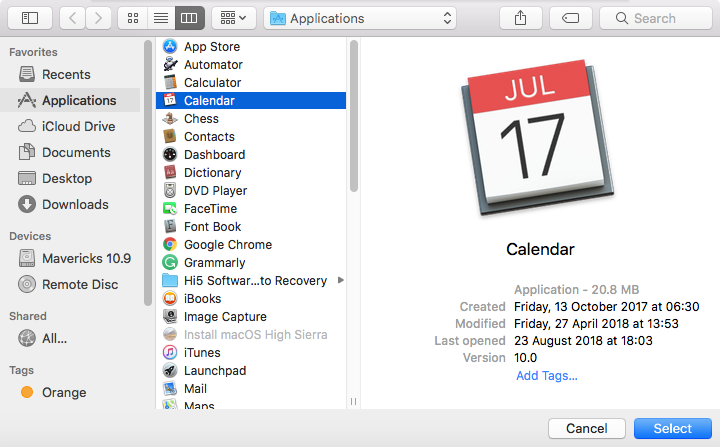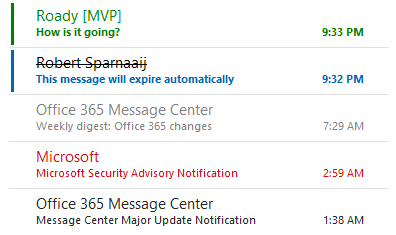

- #CHANGE DEFAULT COLOR IN OUTLOOK FOR MAC FOR MAC#
- #CHANGE DEFAULT COLOR IN OUTLOOK FOR MAC SERIES#
- #CHANGE DEFAULT COLOR IN OUTLOOK FOR MAC MAC#
If your recipients don’t have the same fonts that you used in your message, similar fonts are substituted. To define a new custom theme: Go to the Page Layout tab.
#CHANGE DEFAULT COLOR IN OUTLOOK FOR MAC SERIES#
Quoted text is the part of a message included when you’re replying or forwarding the message. Each newly-created chart applies the Office theme by default, and so, p re-defining the colors of Series 1, Series 2, and so on, and then saving it as a theme will save you the time of having to change them every time you add a new chart. To change the colours used, click the colour pop-up menu for a level, then choose a different colour or, to see additional choices, choose Other. Use fixed-width font for plain text messagesĪpply the specified fixed-width font to messages that are in plain text format.įixed-width font displays every character with the same width, and is useful when you’re trying to align text using spaces instead of tabs. You must select the “Use fixed-width font for plain text messages” tickbox for the selected font to be applied. To change the font or font size, click Select, then choose a different font or font size. The font and font size for writing and viewing messages that are in plain text format. If the sender used a specific font for a message, that font is used when viewing the message. The font and font size for writing and viewing messages. overriding macOS/iOS dark mode colors: For background colors, use a one color gradient: background-image: linear-gradient(ffffff,ffffff) I can't even believe this works, but it does even my buttons are on-brand. To change the font or font size, click Select, then choose a different font or font size. Ways to tame color inversion within Gmail apps have come to light, thanks to the relentless efforts of the email community. This tip won't set your world on fire or anything.The font and font size for viewing the list of messages. The colors might actually be a bit different, but it might be the differences between the two systems as well. I'm running Outlook 2007 on a laptop and the colors are more subtle than in Outlook 2010, which I run on a desktop system. In addition, the system you're using might matter.

Keep in mind that all of the calendars, not just Month view, will be updated. Personal preference strongly figures into this particular choice. In this case, the orange border is easy to see next to the green-at least, I think it is. You'll want to choose a color that contrasts with the current day's border, as shown above. This property changes the Calendar color, not the selected day, so it's a big change.
#CHANGE DEFAULT COLOR IN OUTLOOK FOR MAC MAC#
Customize Microsoft Office Color Theme on Mac Step 1.
#CHANGE DEFAULT COLOR IN OUTLOOK FOR MAC FOR MAC#

In Outlook 20, do the following to change this property: (It's even more obscure in Outlook 2003.) The color is in keeping with the theme, but if you want the current day to pop out a bit, try changing the default color. It isn't impossible to find, but it does seem to fade into the background. As you can see below, the default blue is a tad lighter than other highlighted areas. In Outlook's Month view, the current day is a bit washed out.


 0 kommentar(er)
0 kommentar(er)
